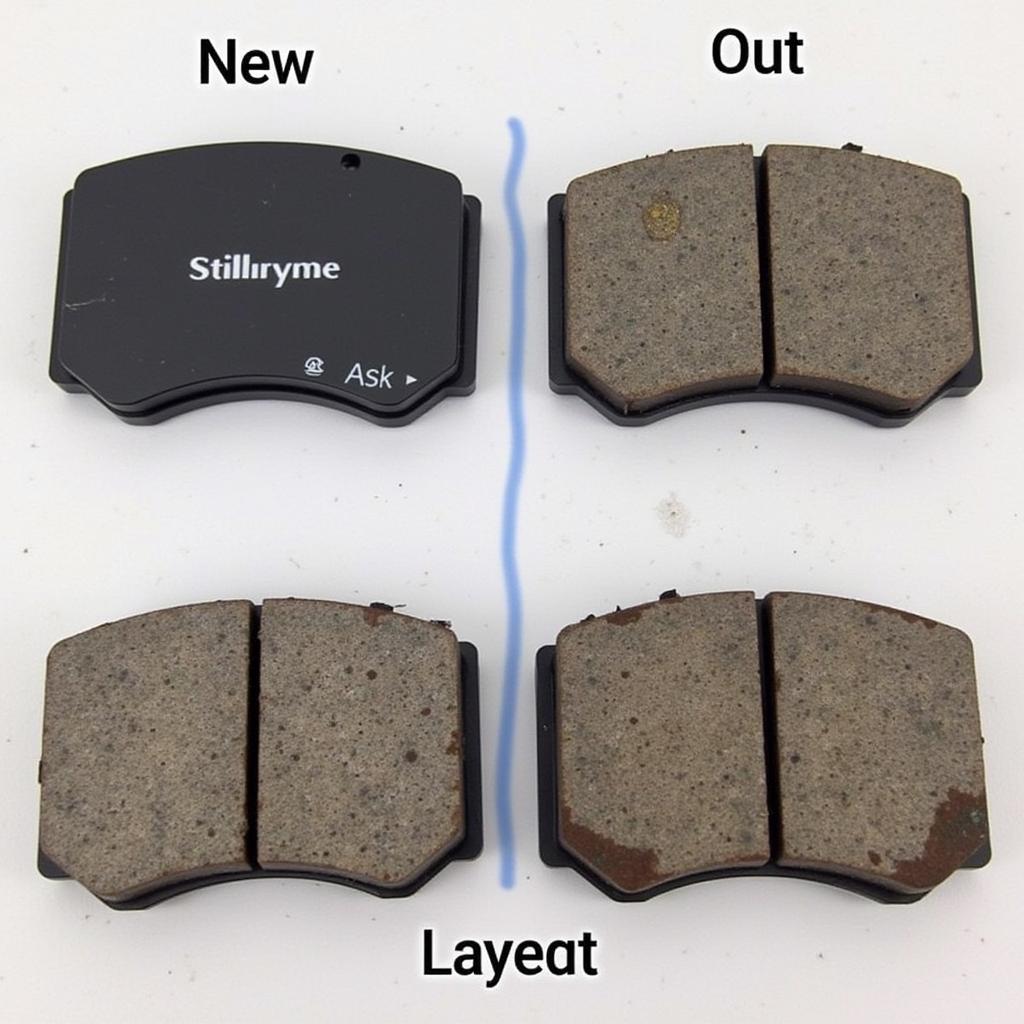A simple tap on the brakes is more than just a way to slow down your car; it’s a crucial communication tool on the road. When your brake lights illuminate, they act as a beacon to drivers behind you, signaling your intention to decelerate. This visual cue allows other motorists to react accordingly, potentially preventing a rear-end collision.
The Role of Brake Lights in Preventing Accidents
Brake lights are essential safety features in vehicles, working tirelessly to prevent accidents. Their primary function is to alert other drivers that your vehicle is slowing down or coming to a stop. This seemingly simple action plays a critical role in preventing rear-end collisions, which are among the most common types of accidents on the road.
Imagine driving on a busy highway. You’re cruising in the middle lane when suddenly, the traffic ahead slows to a crawl. Your natural response is to tap the brakes, illuminating your brake lights. This immediate signal gives drivers behind you precious seconds to react, adjust their speed, and maintain a safe following distance. Without functioning brake lights, those crucial seconds are lost, increasing the risk of an accident.
The Science Behind Brake Light Perception
The effectiveness of brake lights lies in the science of human perception. Our brains are wired to quickly process visual information, especially when it comes to potential threats. The sudden appearance of bright red lights in our field of vision triggers an immediate response. This instinctive reaction is deeply ingrained in our evolutionary biology, reminding us of the importance of visual cues for survival.
Beyond Basic Functionality: Advancements in Brake Light Technology
While traditional brake lights have served us well, the automotive industry is constantly innovating to enhance road safety. One such advancement is the introduction of LED brake lights. LEDs, or Light Emitting Diodes, offer several advantages over traditional incandescent bulbs:
- Faster Illumination: LEDs illuminate significantly faster than traditional bulbs, providing drivers behind you with even more time to react.
- Increased Brightness: The increased brightness of LEDs enhances visibility, particularly in low-light conditions or during inclement weather.
- Longer Lifespan: LEDs have a longer lifespan than conventional bulbs, reducing the likelihood of driving with burnt-out brake lights.
Maintaining Your Brake Lights: A Simple Check for Enhanced Safety
Ensuring your brake lights are functioning correctly is crucial for your safety and the safety of others. Here’s a simple check you can perform regularly:
- Enlist a Helper: Ask a friend or family member to stand behind your car while you test the lights.
- Test the Brakes: With the engine running, press the brake pedal.
- Visual Inspection: Have your helper confirm that both brake lights illuminate brightly and consistently.
- Hazard Lights: Repeat the process with your hazard lights on.
- Seek Professional Help: If you notice any issues with your brake lights, such as dim lighting, flickering, or complete failure, seek professional help from a qualified mechanic immediately.
Conclusion
“A tap on the brakes can warn others of danger,” perfectly encapsulates the critical role brake lights play in road safety. These seemingly simple lights are essential communication tools, preventing accidents and potentially saving lives. As a responsible driver, always ensure your brake lights are in optimal condition and remember, a simple tap can make all the difference.


